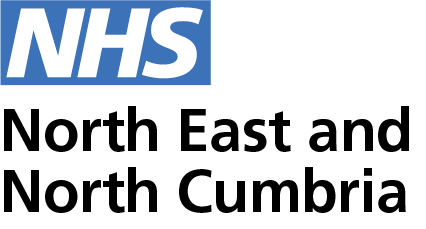Trusted Research Environment: Strategy development
As part of the vision for the Great North Care Record programme, we separated the programme into three key modules – the Health Information Exchange (HIE) to support the sharing of information for direct care. This was deployed by Newcastle upon Tyne Hospitals NHS Foundation Trust on behalf of the region in 2020. The HIE continues to grow from strength to strength with more than 230,000 views in February 2021 and growing! Helping make care safer for our population.
Also being developed by Newcastle Hospitals on behalf of the region, is the Patient Engagement Platform (PEP), this will be rolled out later this year. This gives patient’s access to their data and means they can interact with health and care organisations digitally. It integrates with the NHS App and will be the digital front door for patients in our region.
The third module is around using the data across the region better, so we can improve outcomes for our population. To meet this aim, we will develop a regional Trusted Research Environment (TRE) which will be part of the region’s Population Health Management strategy and other affiliated digital and data related programmes.
The North East and North Cumbria Integrated Care System (NENC ICS) is supporting this key development, with the Academic Health Science Network – North East and North Cumbria (AHSN – NENC) playing a leading role in this work. We have begun the first phase of this project with exploratory work to gather insight from stakeholders so we can develop a regional TRE strategy.
So, what is the TRE?
The TRE is a safe environment for data analysts and researchers to access and perform complex analytics on health and care data, all within agreed governance and security controls.
So, what does that mean? The TRE supports healthcare improvements and innovation and brings benefits such as economies of scale as researchers and healthcare and analysts don’t need to develop their own environments. It also provides governance and safeguards to protect the interests of our public and the healthcare organisations that manage the data.
The environment must be flexible to accommodate complex studies up to regional level, with the ability to link data from different organisations and sectors. It keeps the data safe as it can’t be removed and is only used for its specified, agreed purpose.
As we increasingly move into health prevention and personalised medicine, and with the increasing need for high computing capabilities and support for techniques such as artificial intelligence, the TRE would be a real asset for our region.
The real value in the TRE will be in bringing together domain experts, healthcare data specialists with academics from computer science or mathematics (for example) to work collaboratively on ‘real-world’ healthcare projects.
It’s clear from the consultation so far that “TRE” is not really an appropriate term – the environment is needed for purposes beyond research. It can deliver huge benefits for service improvement and evaluation as well, things which can directly help improve our healthcare services. So, our TRE might turn into a TREE “Trusted Research and Evaluation Environment” maybe?
Where have we got to so far?
We have been testing the concept and working with several projects across our region to explore the requirements, benefits, governance and technical infrastructure required since 2016. We had funding as part of the Connected Health Cities programme, and later with additional funding from the AHSN NENC to explore these issues with real world projects and data.
Durham University in particular, have used a TRE to develop predictive modelling for A&E services and to develop an EWS acuity scorecard. These projects, along with others, have been valuable in helping us to establish the processes, governance and benefits the TRE (or TREE!) will bring.
Current Status
Throughout January we have been (virtually) speaking to a range of people including clinicians, university researchers, data scientists, population health experts, data analysts, chief information officers and have conducted over 30 interviews so far. We have also looked at TREs across the UK as there is much to learn from them.
Next steps
The next steps are to analyse the findings from the stakeholder interviews and hold workshops to reflect back the findings and agree a way forward. We are also having some initial conversations with members of the public to test their understanding of a TRE.
A TRE strategy will be developed in the spring for the Digital Consortium Board which we will share.
If you have any questions on the programme, contact us.
